Traditional clothing reflects the rich cultural heritage and unique history of various regions around the world. These garments often tell stories of ancient traditions, local craftsmanship, and the unique ways communities have adapted to their environments. Each piece of traditional attire carries its significance, representing the identity and pride of its people. Let’s explore some of these unique garments and their fascinating backgrounds.
Kimono (Japan)
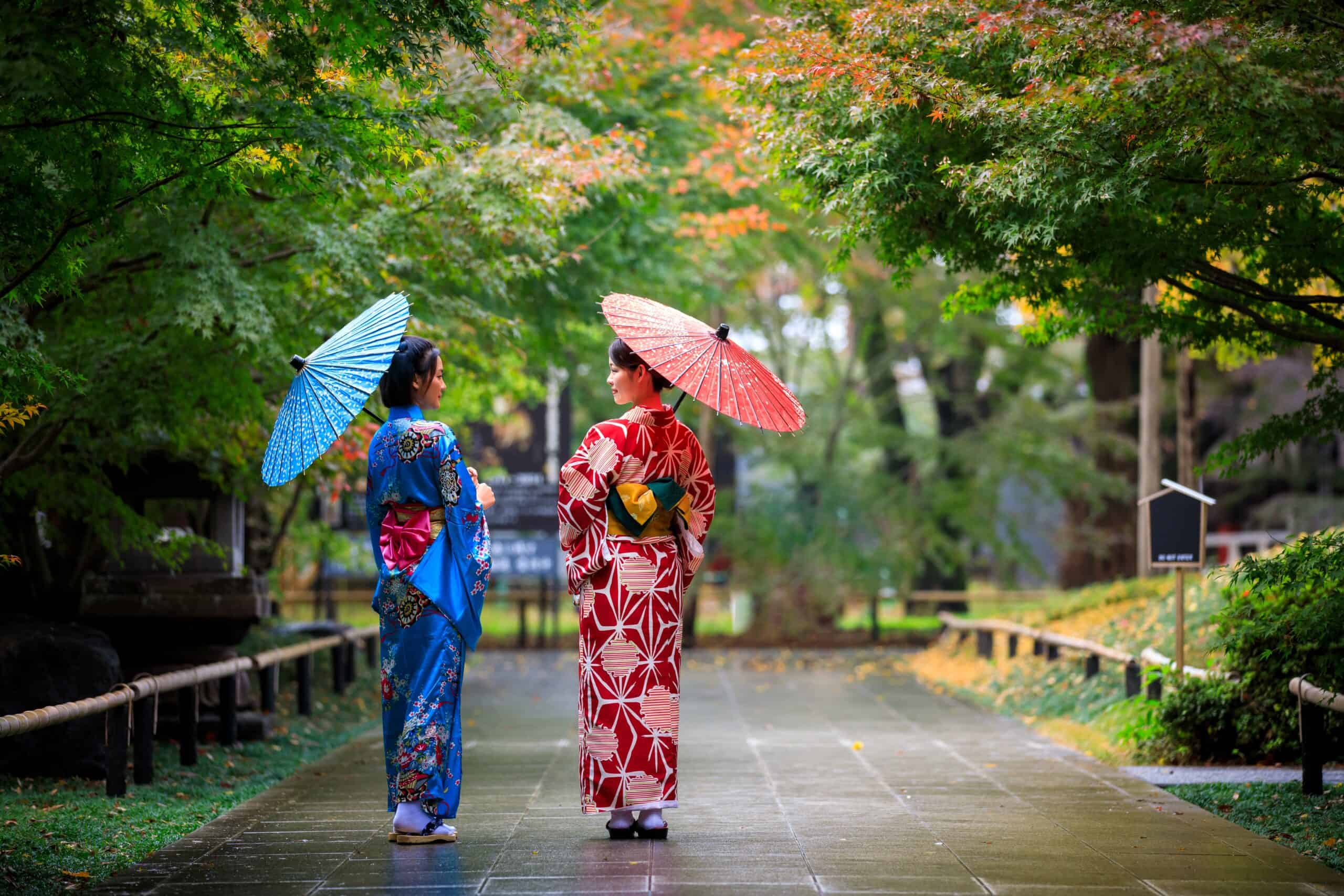
The kimono is a traditional Japanese garment characterized by its long sleeves and wrap-around design. It is typically made from silk and adorned with intricate patterns that can represent seasons, events, or personal stories. The word “kimono” literally means “thing to wear,” reflecting its integral role in Japanese culture. Originating during the Heian period (794-1185), the kimono has evolved significantly over centuries. Initially, it was worn as an undergarment, but it gained prominence as outerwear during the Edo period (1603-1868).
Sari (India)
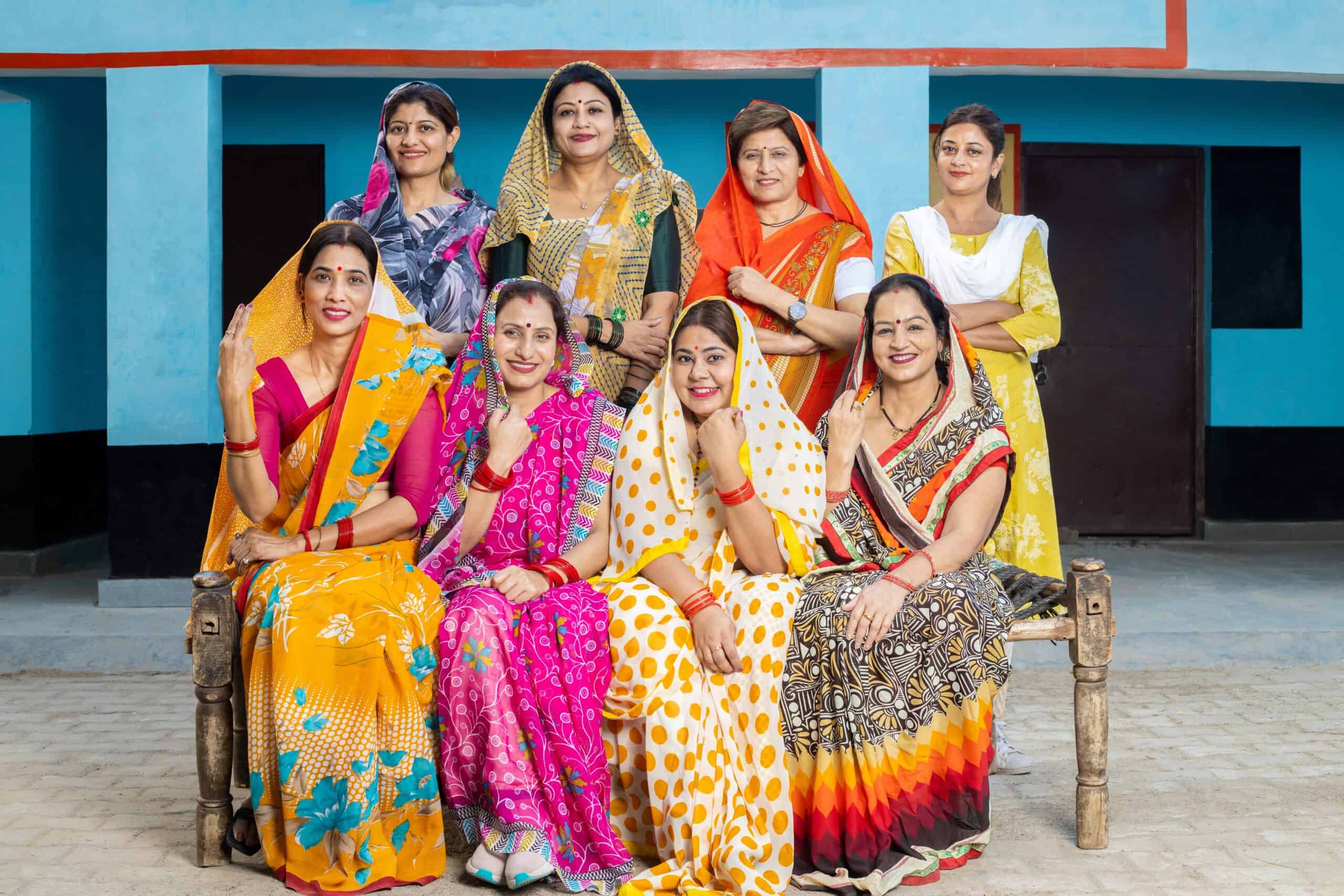
The sari is a traditional Indian garment consisting of a long piece of cloth, usually six to nine yards in length, draped elegantly around the body. It is often paired with a fitted blouse and petticoat, creating a graceful silhouette. Saris are known for their vibrant colors and intricate embroidery, often reflecting regional craftsmanship. Dating back to the Indus Valley Civilization (2800-1800 BCE), the sari has been a staple of Indian women’s attire for thousands of years.
Hanbok (Korea)
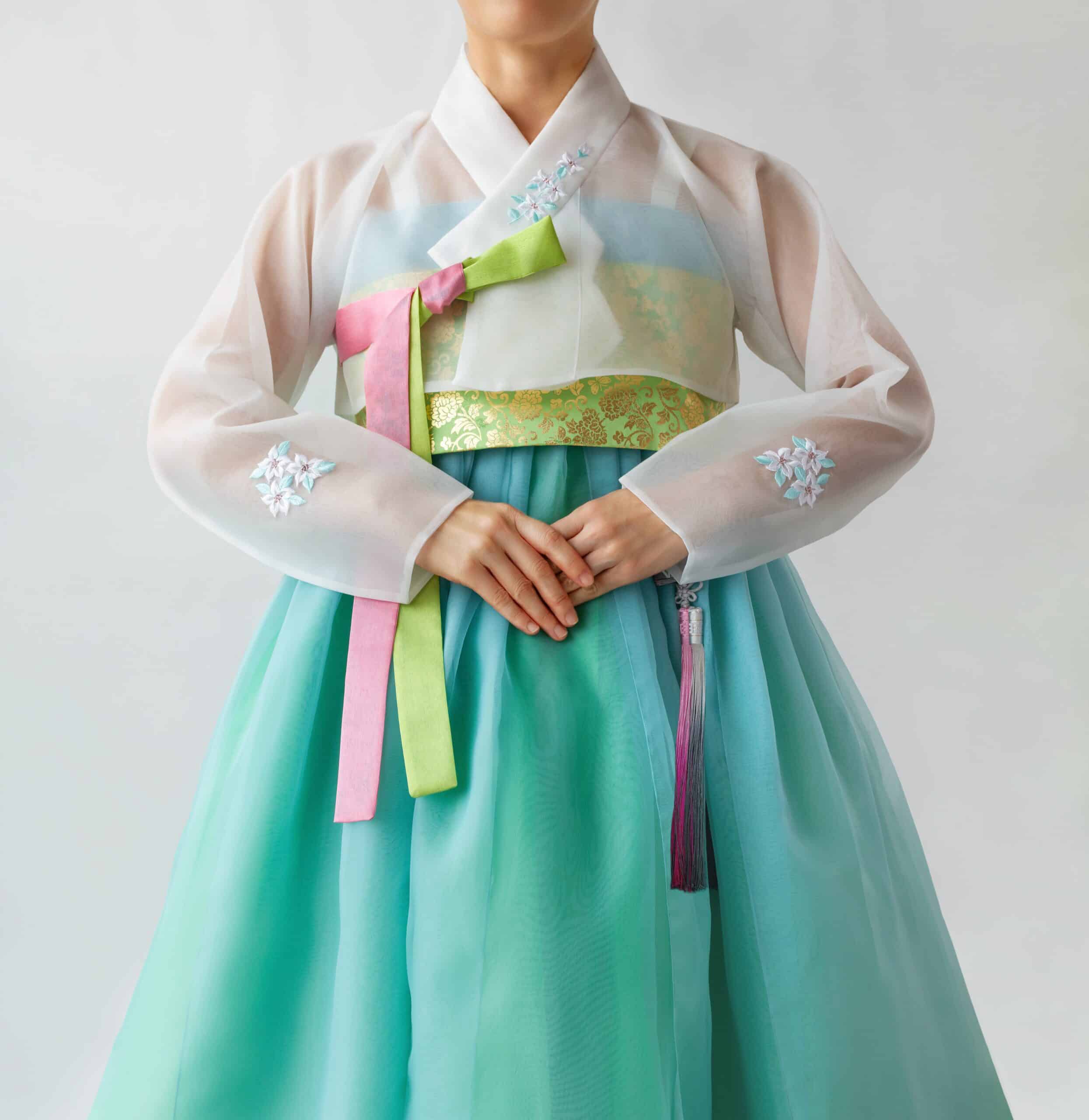
Hanbok is the traditional attire of Korea, known for its vibrant colors and simple lines without pockets. The outfit consists of a jeogori (jacket) and chima (skirt) for women, or baji (trousers) for men. Hanbok is designed to facilitate ease of movement, with flowing lines and broad sleeves. Originating in the Goguryeo Kingdom (37 BCE–668 CE), hanbok has undergone various transformations while retaining its core design principles. Historically, different colors and styles were worn to indicate social status and occasions.
Dashiki (West Africa)
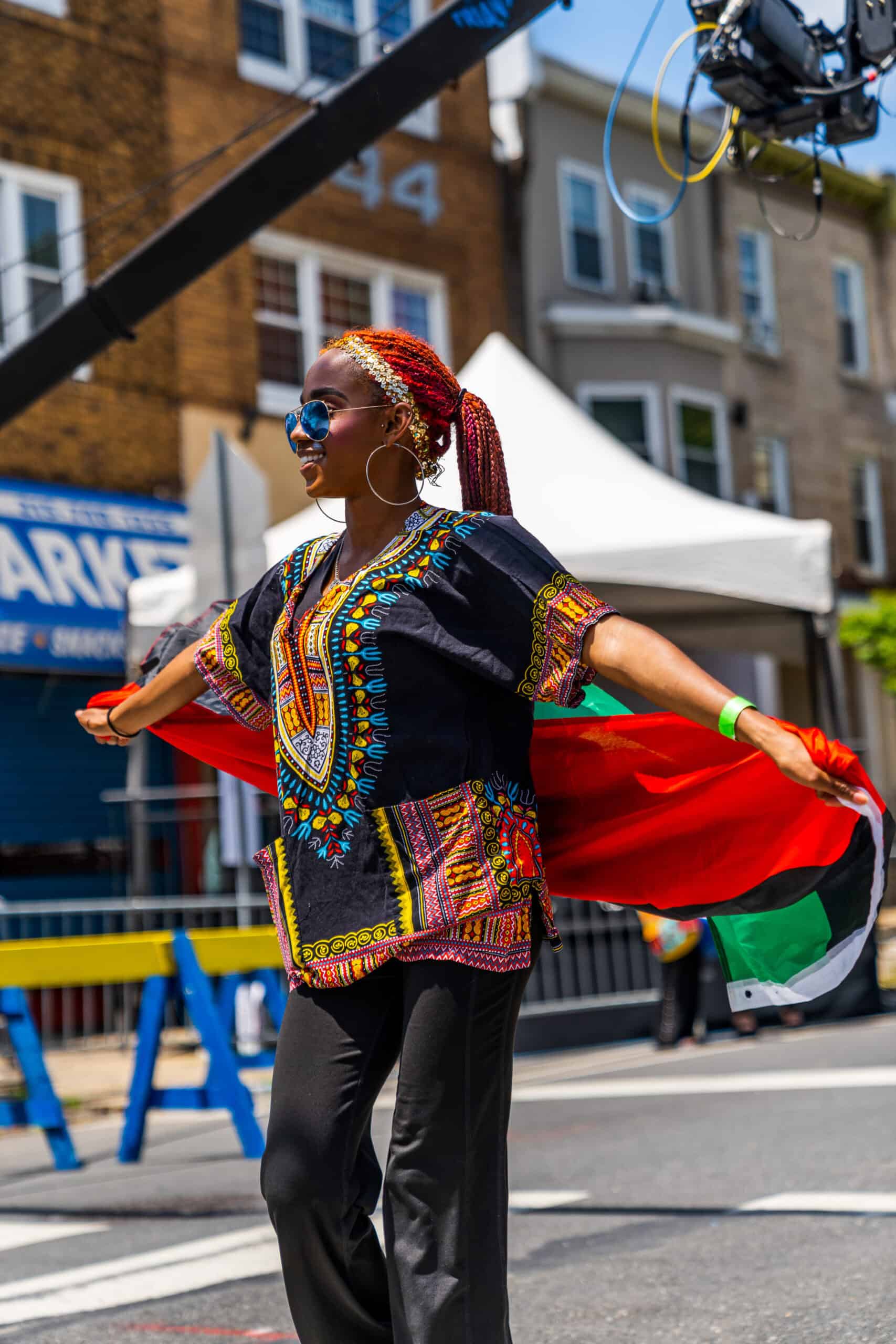
The dashiki is a colorful garment worn in West Africa, characterized by its loose fit and elaborate embroidery around the neckline. It is typically made from cotton and features vibrant patterns that are both eye-catching and culturally significant. The dashiki can be worn as a shirt, tunic, or full-length garment. The dashiki traces its roots to West African cultures, particularly among the Yoruba people of Nigeria. It gained international popularity during the 1960s Civil Rights Movement in the United States as a symbol of African heritage and pride.
Dirndl (Germany)
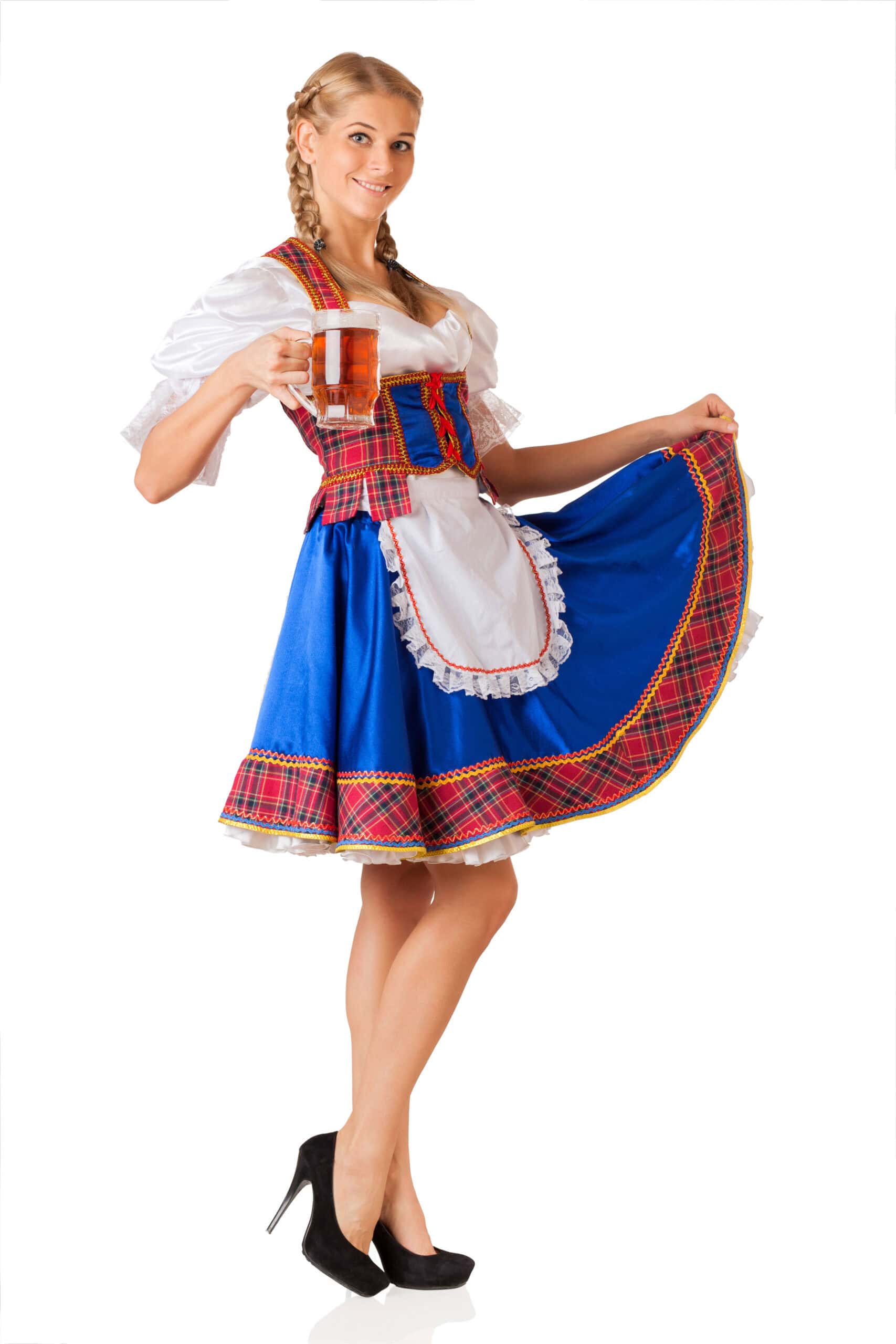
The dirndl is a traditional dress worn in Germany, especially in Bavaria and Austria. It consists of a bodice, blouse, full skirt, and apron. Dirndls are known for their fitted waist and flowing skirts, often made from colorful fabrics and adorned with lace, ribbons, and embroidery. Originating in the 19th century as a servant’s dress, the dirndl evolved into a symbol of Alpine culture. It gained popularity among the upper classes as leisurewear and became associated with Oktoberfest and other folk festivals.
Kilt (Scotland)
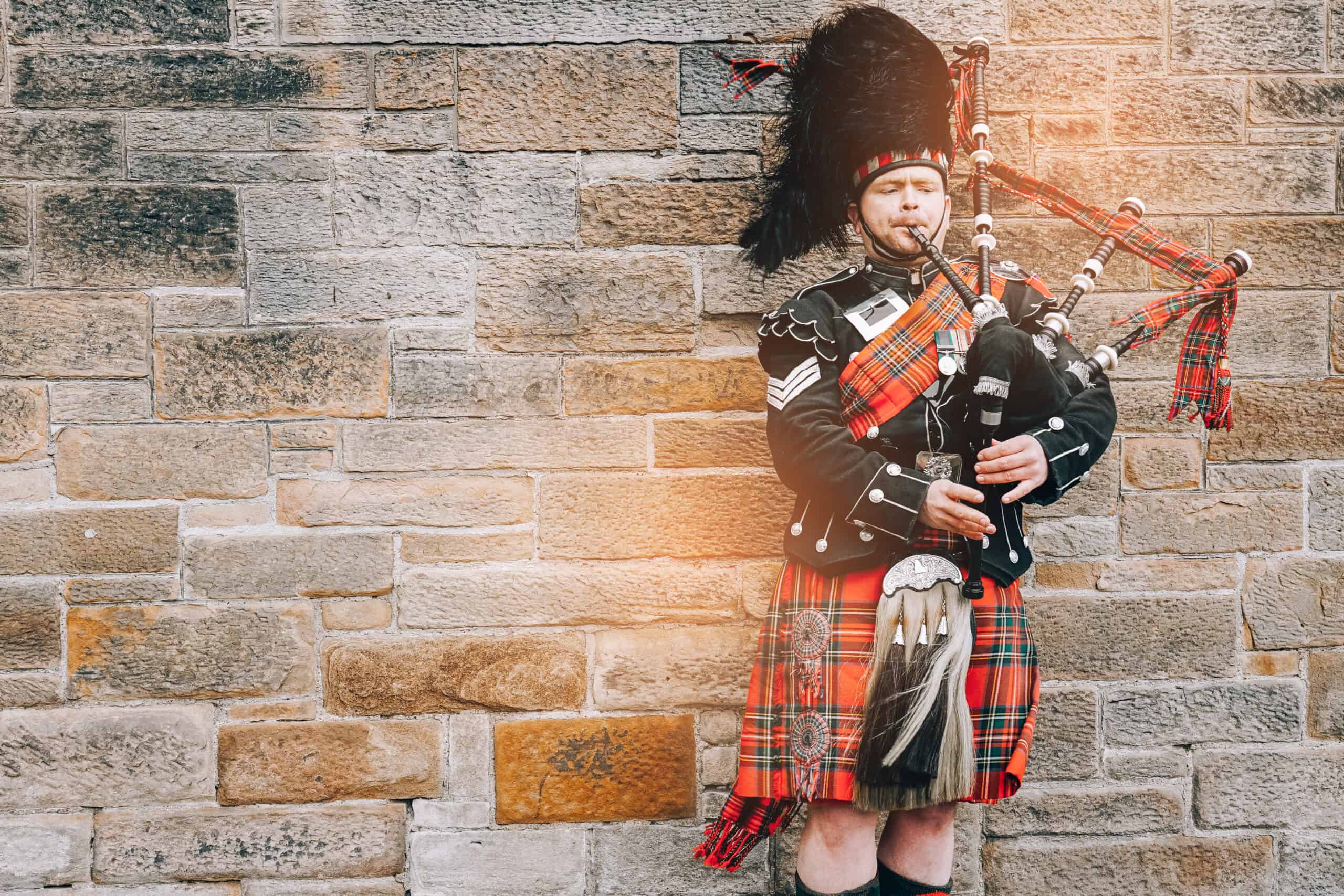
The kilt is a knee-length skirt-like garment with pleats at the back, originating from Scotland. It is traditionally made of wool and features a tartan pattern that represents different Scottish clans. Kilts are typically worn with a sporran (pouch), belt, and sometimes a jacket. Dating back to the 16th century, kilts were originally worn by Highlanders as practical clothing for the rugged terrain. They became a symbol of Scottish identity and resistance during periods of political upheaval.
Sombrero Vueltiao (Colombia)
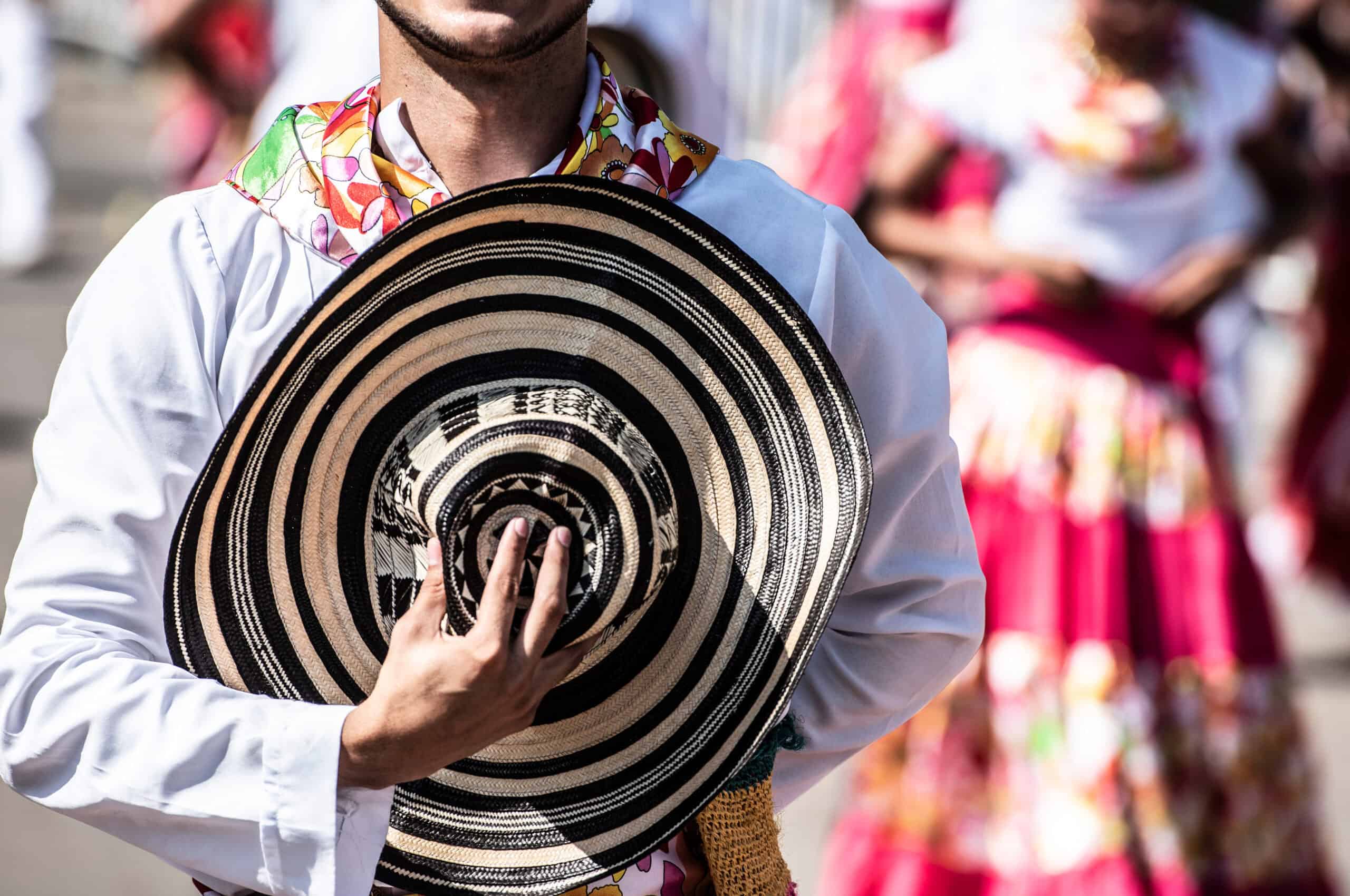
The Sombrero Vueltiao is a traditional hat from Colombia, known for its wide brim and intricate black and white patterns. It is woven from the cane-like fibers of the Caña Flecha plant. The hat’s name comes from its construction process, which involves “vueltas” or turns, creating its distinct spiral design. Originating with the Zenú indigenous people of Colombia, the Sombrero Vueltiao has become a national symbol of Colombian culture. It is often worn during festivals, dances, and national celebrations.
Kaftan (Morocco)
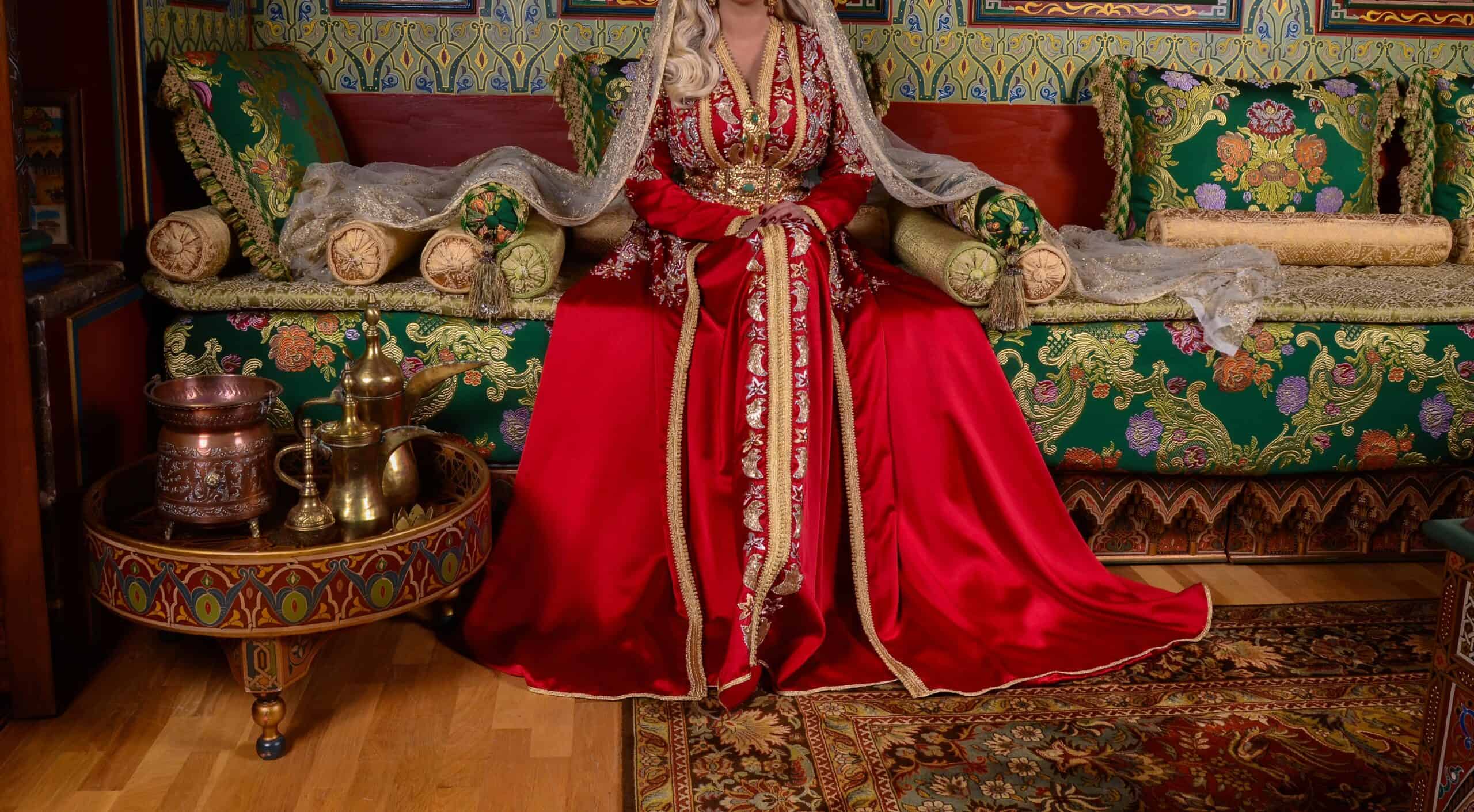
The kaftan is a traditional Moroccan garment, typically a long, flowing robe with wide sleeves. It is often made from luxurious fabrics like silk and decorated with intricate embroidery and beadwork. Kaftans can be worn as everyday attire or for special occasions, depending on the level of adornment. The origin of the kaftan dates back to ancient Mesopotamia, but it was adopted and popularized in Morocco during the Almoravid dynasty (1040-1147). Over the centuries, the kaftan has evolved to reflect Moroccan aesthetics and craftsmanship.
Cheongsam (China)
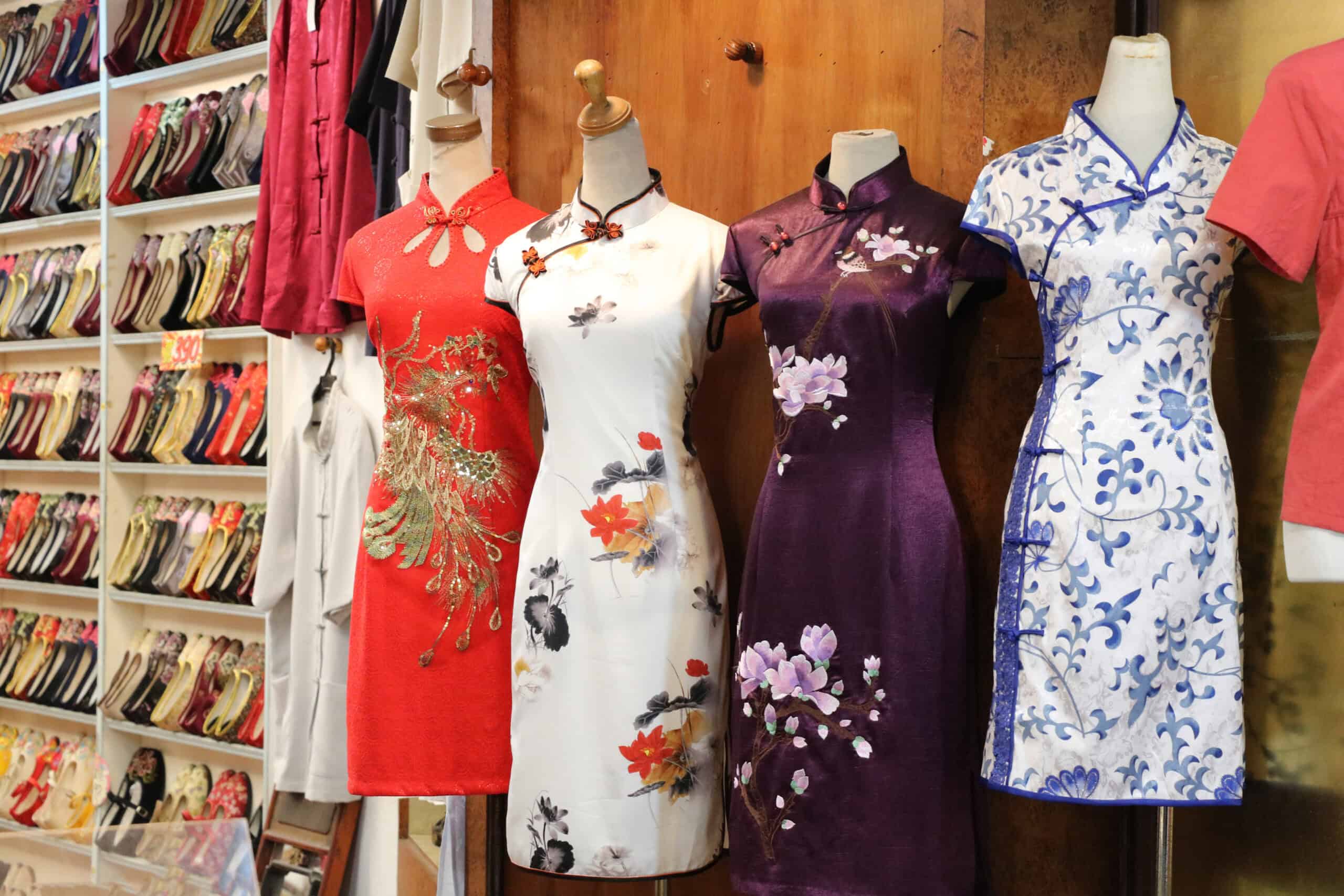
The cheongsam, or qipao, is a traditional Chinese dress known for its form-fitting silhouette and high collar. It often features intricate embroidery and vibrant patterns. Made from silk or other fine fabrics, it represents elegance and femininity. Originating in the 1920s in Shanghai, the cheongsam was inspired by Manchu clothing. It quickly became a fashion statement among women. Today, it is worn on special occasions such as weddings and Chinese New Year, symbolizing cultural pride and sophistication.
Gho and Kira (Bhutan)
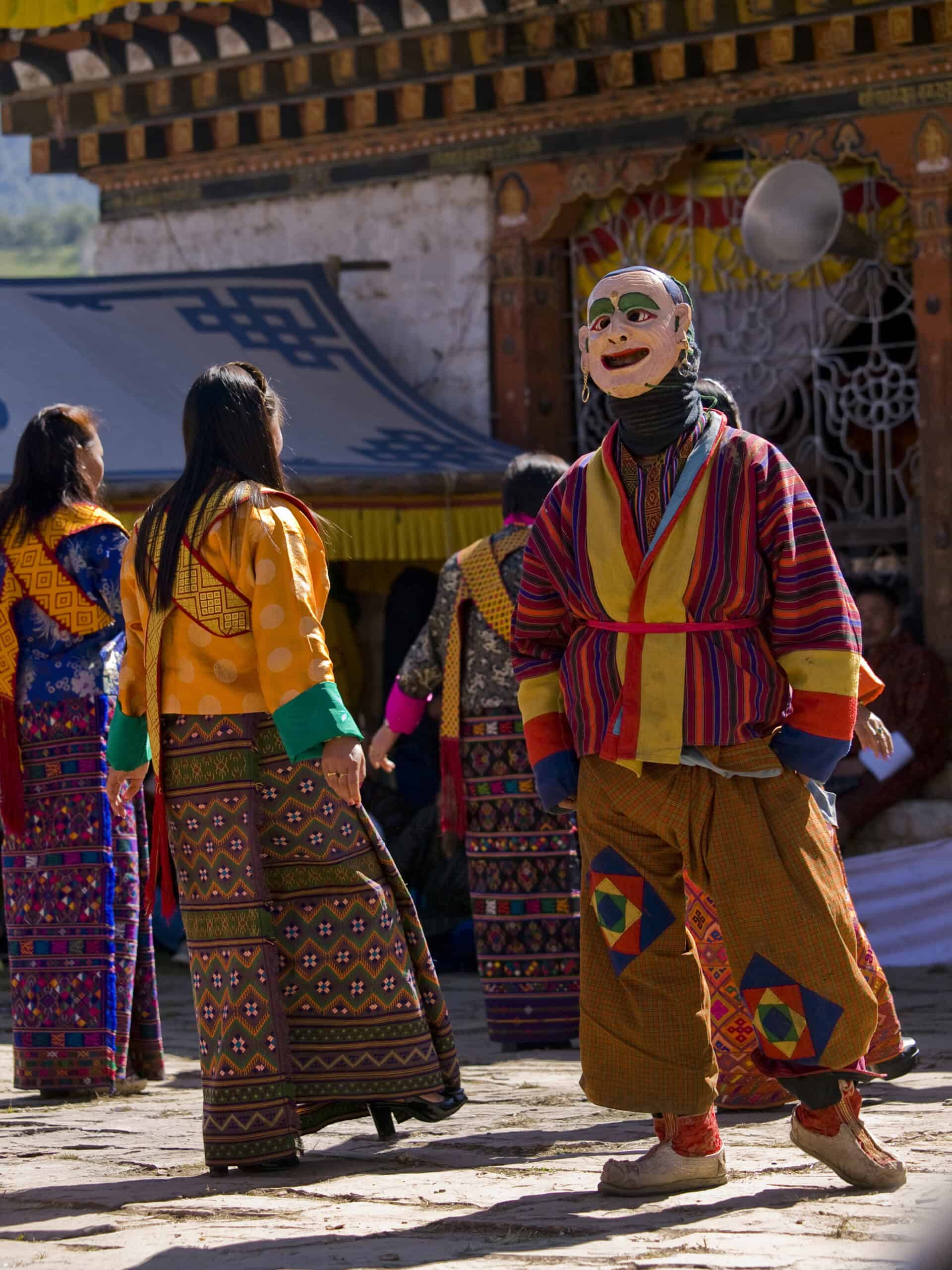
The gho and kira are traditional Bhutanese garments. The gho, worn by men, is a knee-length robe tied at the waist. The kira, worn by women, is an ankle-length dress wrapped and fastened at the shoulders and waist. These garments date back to the 17th century when Bhutanese rulers standardized the national dress. Made from handwoven fabrics, they often feature vibrant colors and intricate patterns. The gho and kira are worn daily by Bhutanese people, reflecting national identity and cultural heritage.
Bunad (Norway)
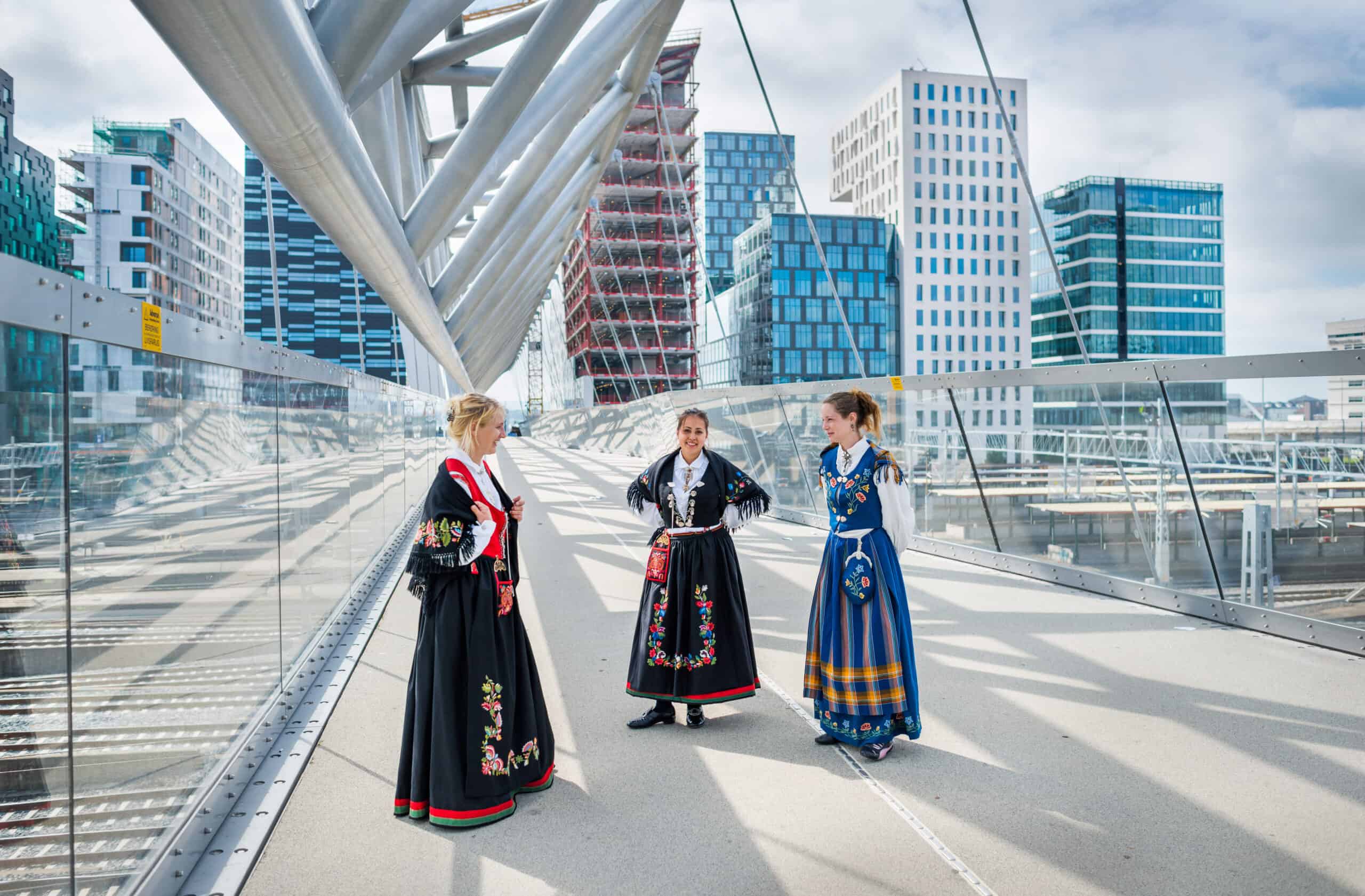
The bunad is a traditional Norwegian costume. It varies by region, featuring unique embroidery, colors, and styles. Made from wool, silk, or cotton, it often includes a blouse, skirt, vest, and apron. The bunad’s history traces back to the 19th century during the national romanticism movement. It was inspired by folk costumes and became a symbol of Norwegian heritage. Today, it is worn on national holidays, weddings, and other festive occasions, celebrating Norway’s cultural history.
Poncho (Andean Countries)
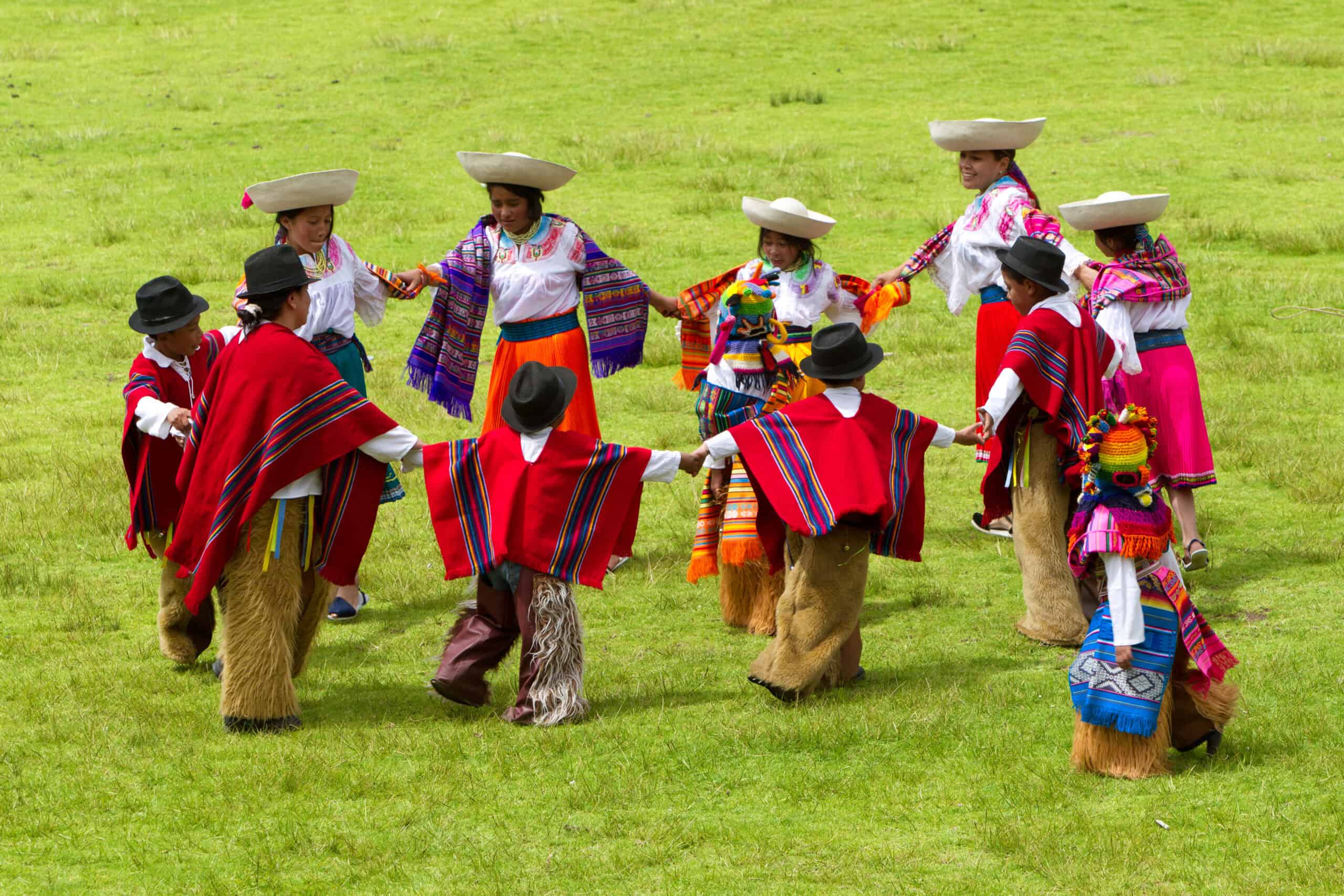
The poncho is a traditional garment from the Andes. It is a simple piece of fabric with a hole in the center for the head. Often made from wool, it features vibrant patterns and colors that reflect indigenous artistry. Ponchos have been worn for centuries by the indigenous peoples of the Andes. They provide warmth and protection against the harsh mountain climate. Today, they are a symbol of Andean culture and craftsmanship, worn during festivals and traditional ceremonies.
Barong Tagalog (Philippines)
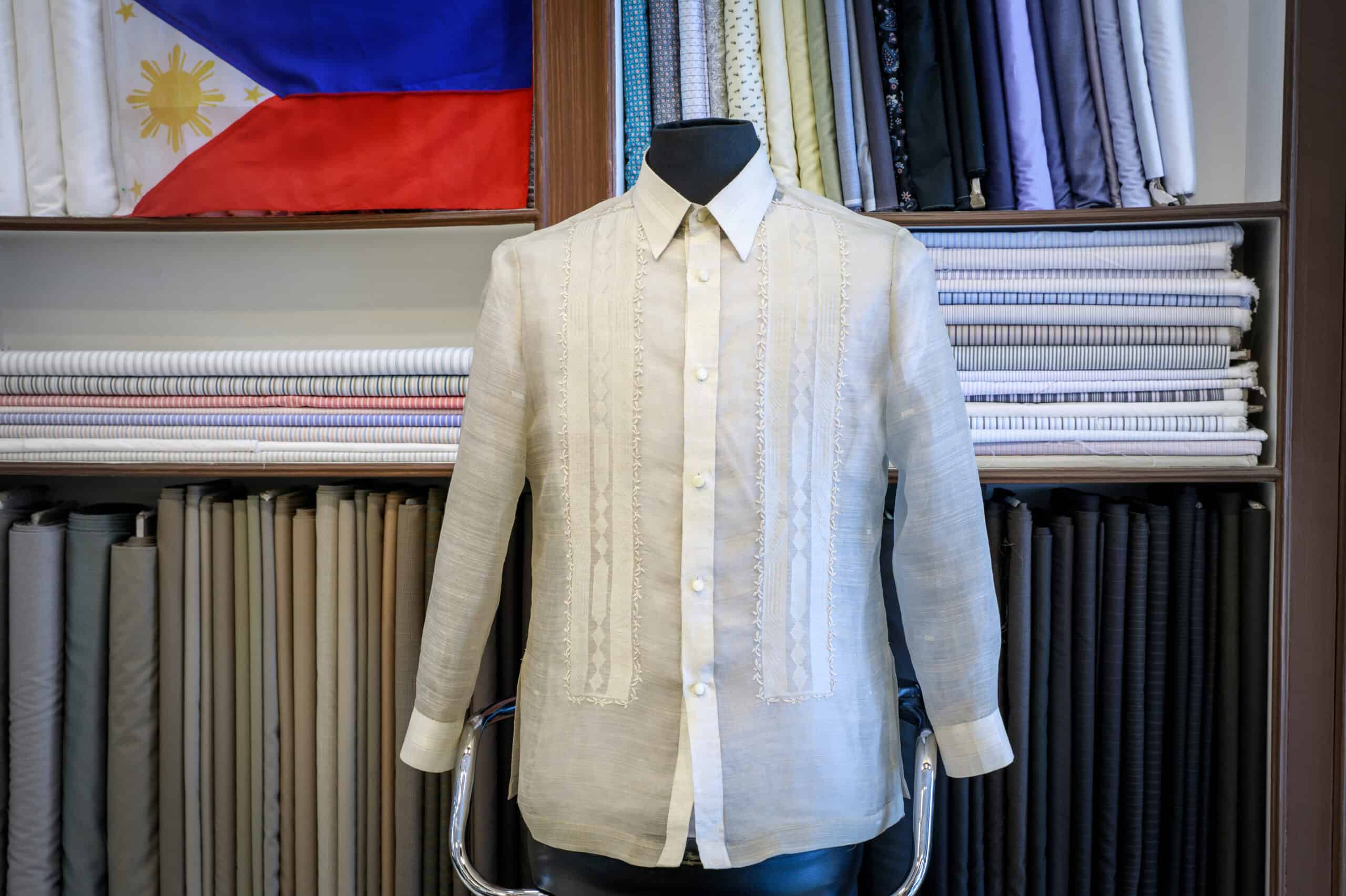
The Barong Tagalog is a traditional Filipino shirt. It is often made from lightweight fabrics like pineapple fiber or silk. Featuring intricate embroidery, it is worn untucked over a camisole. Its origins date back to the Spanish colonial period. It evolved from the baro’t saya worn by the early Filipinos. Today, the Barong Tagalog is worn on formal occasions such as weddings and national celebrations, symbolizing Filipino heritage and elegance.
Sarafan (Russia)
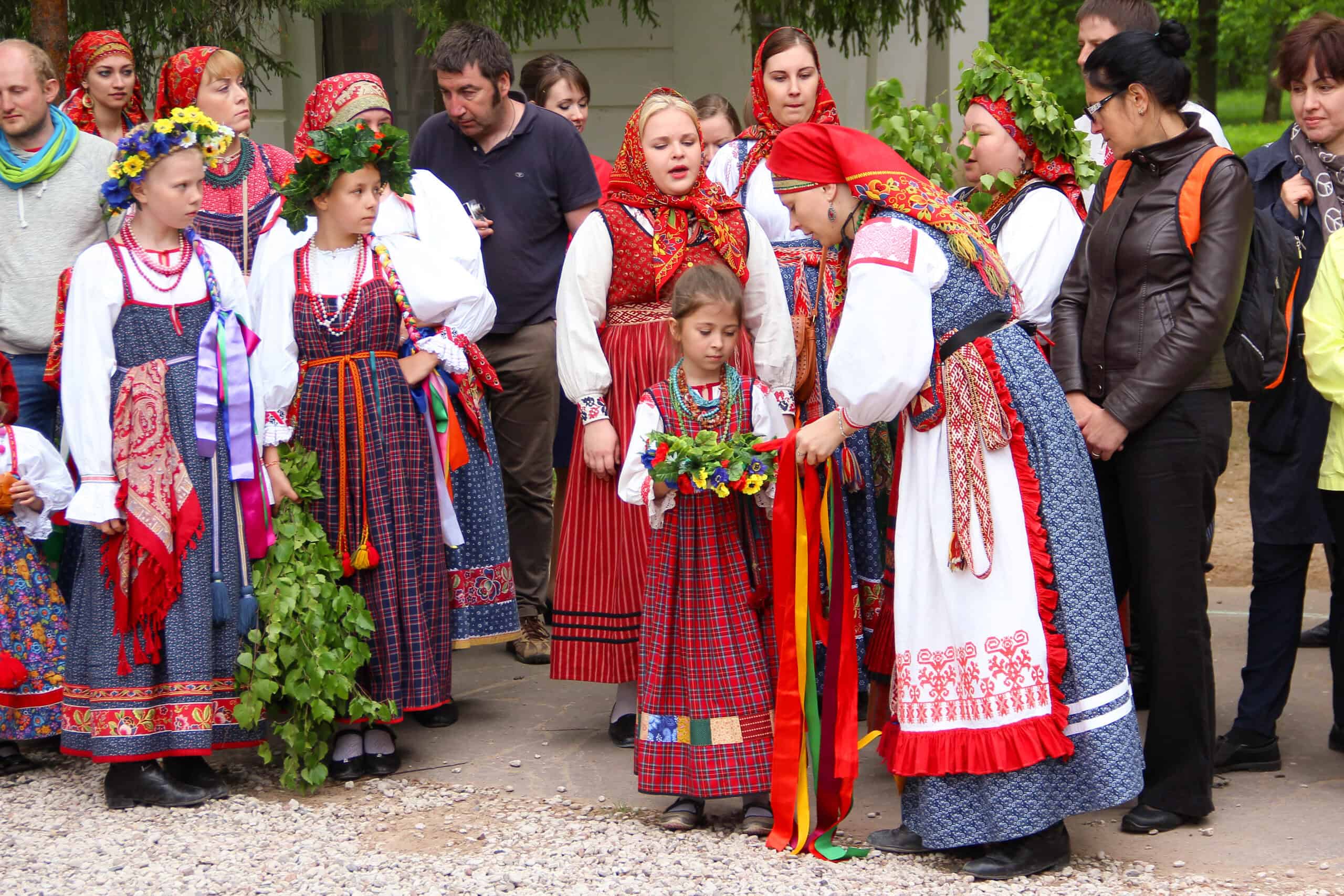
The sarafan is a traditional Russian dress. It is a long, sleeveless garment worn over a blouse. Often made from cotton or linen, it features bright colors and floral patterns. The sarafan has been a staple of Russian peasant women’s attire since the 14th century. It became popular in urban areas during the 19th century. Today, it is worn during folk festivals and performances, celebrating Russia’s cultural history.
Agbada (Nigeria)
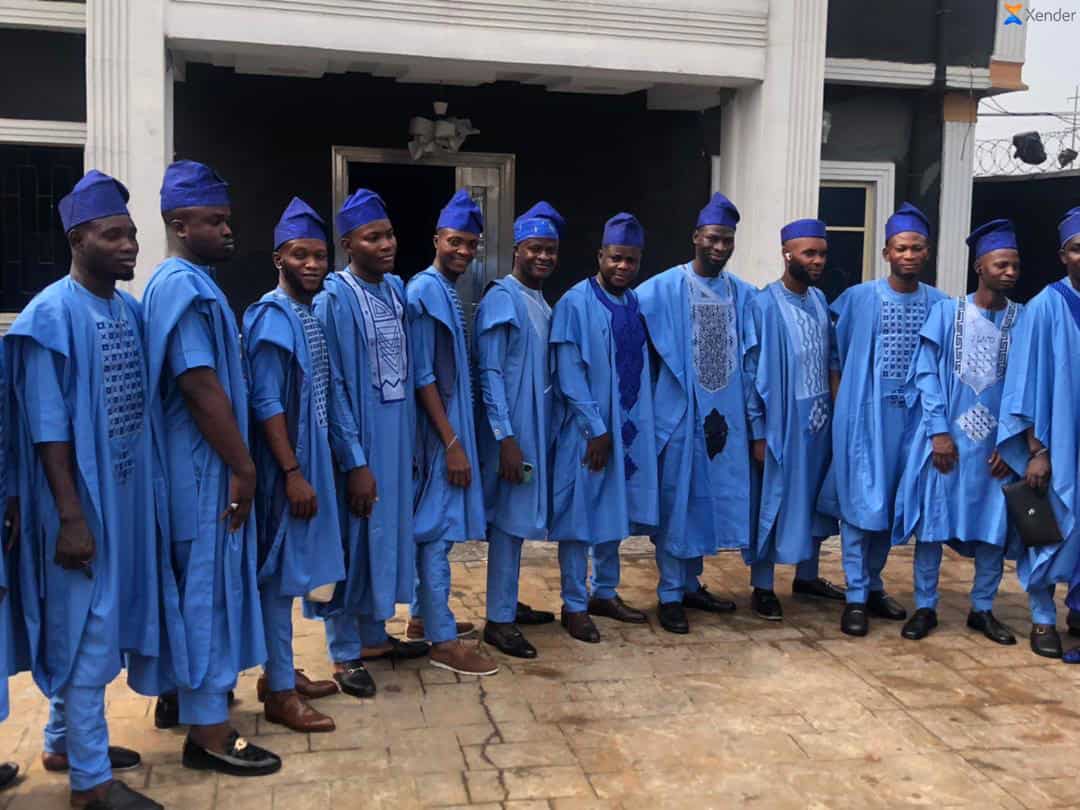
The agbada is a traditional Nigerian robe. It is a flowing, wide-sleeved garment worn by men. Often made from cotton or silk, it features intricate embroidery and vibrant colors. The agbada has been worn by Yoruba, Hausa, and other ethnic groups for centuries. It signifies status and wealth. Today, it is worn on special occasions such as weddings and cultural festivals, symbolizing Nigerian pride and tradition.
Haori and Hakama (Japan)
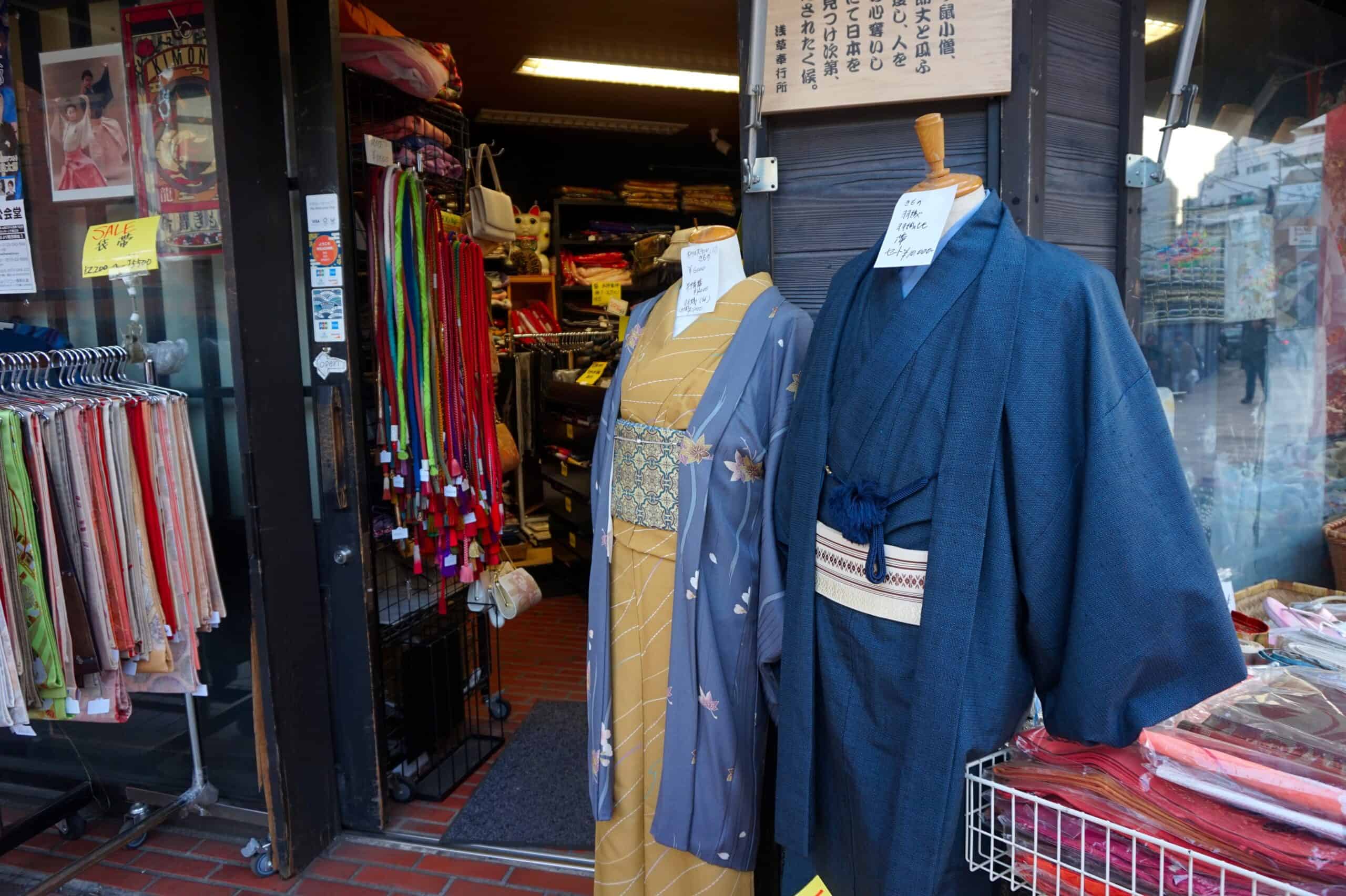
The haori and hakama are traditional Japanese garments. The haori is a hip-length jacket, while the hakama are wide-legged pants or a skirt. They are often made from silk and feature subtle patterns and colors. These garments have been worn by samurai and nobles since the Heian period (794-1185). They evolved into formal attire for various ceremonies. Today, they are worn during traditional events and martial arts practices, reflecting Japan’s cultural heritage and elegance.
This article originally appeared on Rarest.org.
More from Rarest.org
1967 Roosevelt Dime Value Guide

The Roosevelt Dime, which has been in circulation since 1946, commemorates President Franklin D. Roosevelt’s support for the March of Dimes and his efforts to eradicate polio. Read More.
1968 Jefferson Nickel Value Guide
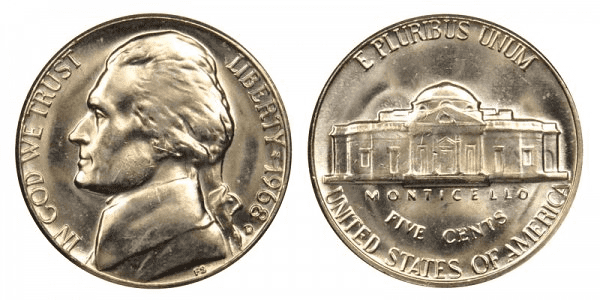
Comprised of 75% Copper, 25% Nickel the Jefferson Nickel was produced from 1938-2003. On October 3, 1938, the US mints produced the first Jefferson coins. Read More.
1969 Kennedy Half Dollar Value Guide

The Kennedy half dollar, a fifty-cent coin that was first issued by the United States Mint in 1964, is still manufactured today. Read More.
